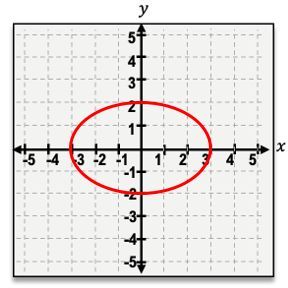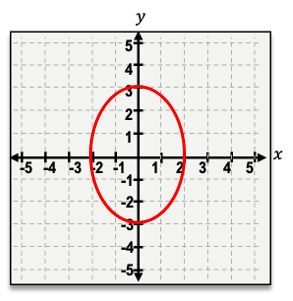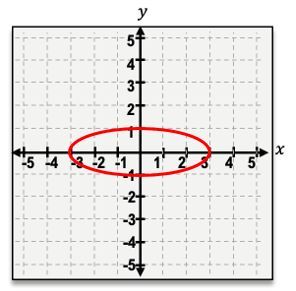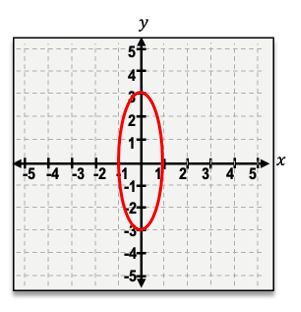Sketch a graph of the circle based on the following equation:
Table of contents
- 0. Functions7h 54m
- Introduction to Functions16m
- Piecewise Functions10m
- Properties of Functions9m
- Common Functions1h 8m
- Transformations5m
- Combining Functions27m
- Exponent rules32m
- Exponential Functions28m
- Logarithmic Functions24m
- Properties of Logarithms36m
- Exponential & Logarithmic Equations35m
- Introduction to Trigonometric Functions38m
- Graphs of Trigonometric Functions44m
- Trigonometric Identities47m
- Inverse Trigonometric Functions48m
- 1. Limits and Continuity2h 2m
- 2. Intro to Derivatives1h 33m
- 3. Techniques of Differentiation3h 18m
- 4. Applications of Derivatives2h 38m
- 5. Graphical Applications of Derivatives6h 2m
- 6. Derivatives of Inverse, Exponential, & Logarithmic Functions2h 37m
- 7. Antiderivatives & Indefinite Integrals1h 26m
- 8. Definite Integrals4h 44m
- 9. Graphical Applications of Integrals2h 27m
- 10. Physics Applications of Integrals 3h 16m
- 11. Integrals of Inverse, Exponential, & Logarithmic Functions2h 34m
- 12. Techniques of Integration7h 41m
- 13. Intro to Differential Equations2h 55m
- 14. Sequences & Series5h 36m
- 15. Power Series2h 19m
- 16. Parametric Equations & Polar Coordinates7h 58m
16. Parametric Equations & Polar Coordinates
Conic Sections
Struggling with Calculus?
Join thousands of students who trust us to help them ace their exams!Watch the first videoMultiple Choice
Given the equation 4x2+9y2=1, sketch a graph of the ellipse.
A
B
C
D
 Verified step by step guidance
Verified step by step guidance1
Step 1: Recognize the given equation \( \frac{x^2}{4} + \frac{y^2}{9} = 1 \). This is the standard form of an ellipse centered at the origin \((0, 0)\).
Step 2: Identify the denominators under \(x^2\) and \(y^2\). The denominator under \(x^2\) is 4, and the denominator under \(y^2\) is 9. These values represent the squares of the semi-axes lengths.
Step 3: Determine the semi-major and semi-minor axes. Since \(9 > 4\), the semi-major axis is along the \(y\)-axis with length \(\sqrt{9} = 3\), and the semi-minor axis is along the \(x\)-axis with length \(\sqrt{4} = 2\).
Step 4: Sketch the ellipse. Draw the ellipse centered at \((0, 0)\), extending 3 units vertically (up and down along the \(y\)-axis) and 2 units horizontally (left and right along the \(x\)-axis).
Step 5: Compare the provided graphs. The correct graph should show an ellipse elongated along the \(y\)-axis with a vertical semi-major axis of 3 and a horizontal semi-minor axis of 2.

 3:8m
3:8mWatch next
Master Geometries from Conic Sections with a bite sized video explanation from Patrick
Start learningRelated Videos
Related Practice
Multiple Choice
62
views
1
rank






